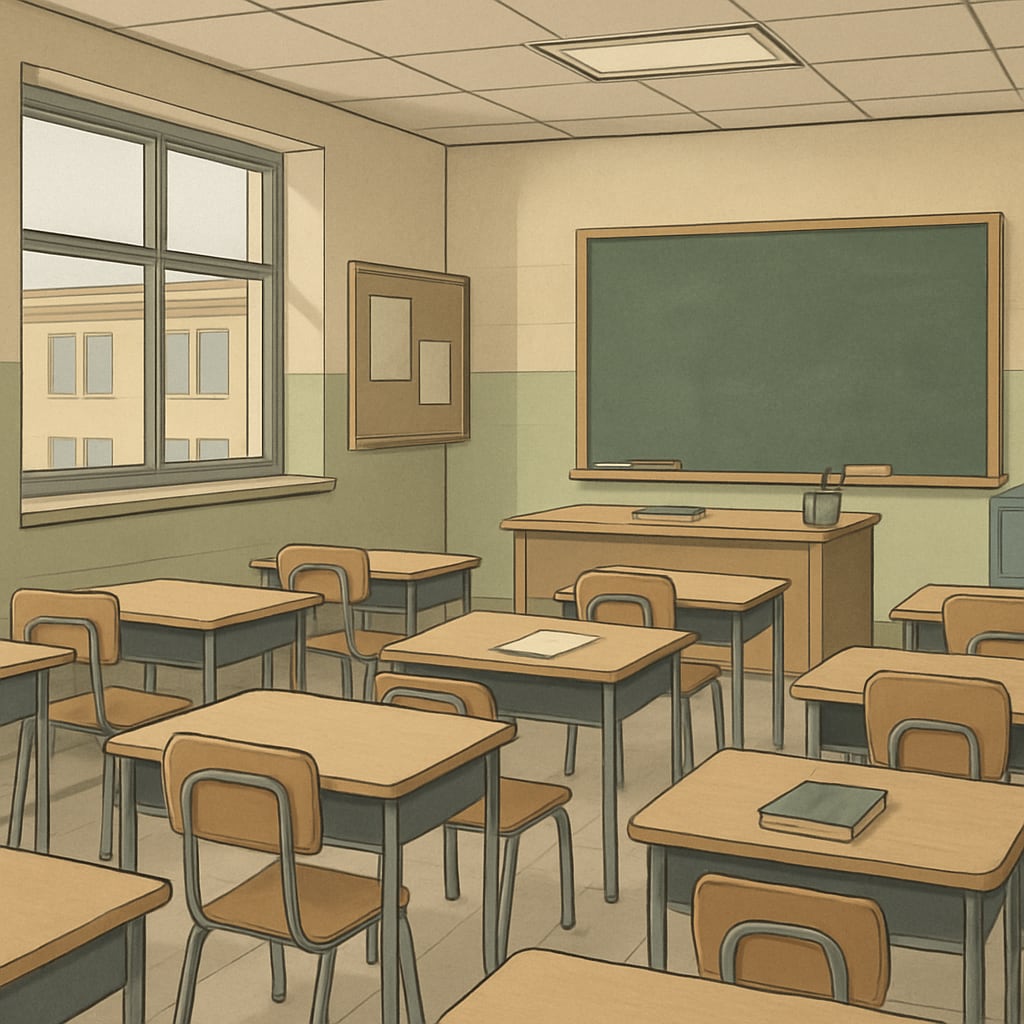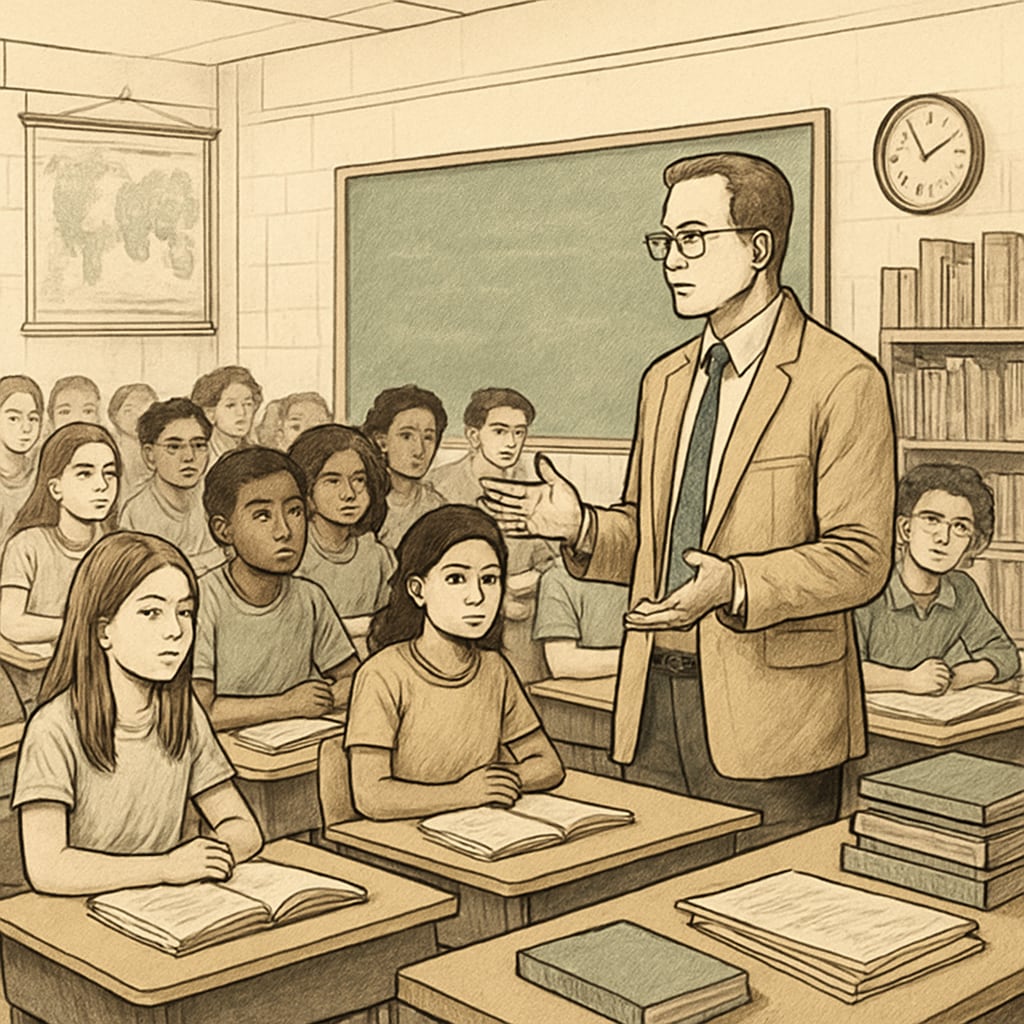Organizations like “Stand For Children” have been at the center of recent controversies involving the misdirection of public education funds. Using complex legislative tactics, these groups have managed to divert resources from public schools to private institutions, threatening the stability of public education systems. This disturbing trend has resulted in school closures, widespread teacher layoffs, and the emergence of financial misuse and fraud. Masked under the guise of “education reform,” these actions are quietly dismantling the foundation of public education.
The Legislative Loopholes Exploited by Private Institutions
One of the key strategies used by organizations like “Stand For Children” is lobbying for legislative reforms that favor privatization. These reforms often include provisions that redirect government funding toward charter schools or private educational programs. While these policies are marketed as innovative solutions to improve education outcomes, they frequently undermine public schools by siphoning essential resources.
For example, according to a Britannica article on charter schools, the rapid expansion of privately managed but publicly funded schools has led to budget shortfalls for traditional public schools. In some cases, these budget deficits force schools to close, leaving communities without accessible educational facilities.

The Impact on Public School Teachers and Students
The consequences of these funding diversions extend far beyond budgetary concerns. Public school teachers are often the first to feel the effects, facing mass layoffs and salary freezes. This creates a vicious cycle: fewer teachers lead to overcrowded classrooms, diminished teaching quality, and ultimately, poorer outcomes for students.
Students from underprivileged communities are particularly affected. Public schools in low-income areas rely heavily on government funding, and the withdrawal of these funds exacerbates existing inequalities. A report by Wikipedia highlights how the privatization of education disproportionately impacts marginalized communities, leaving them with fewer opportunities to succeed.

Financial Misuse and Accountability Concerns
Beyond the immediate impacts on schools and communities, the diversion of public funds to private entities has also raised serious questions about accountability. Reports of financial misuse and fraud have surfaced in several instances where funds meant for education were misappropriated by private organizations.
For instance, investigations have revealed cases where charter schools inflated enrollment numbers to secure additional funding or directed resources toward non-educational expenses. These practices not only undermine the intended purpose of public funds but also erode public trust in the education system.
What Can Be Done to Protect Public Education?
To counteract these harmful trends, policymakers and community advocates must prioritize transparency and accountability in education funding. Here are some actionable steps:
- Implement stricter regulations to ensure public funds are used exclusively for their intended purposes.
- Increase oversight of private entities receiving public education funding.
- Encourage community involvement in decision-making processes to safeguard public schools.
Education is a cornerstone of societal development, and its privatization risks leaving vulnerable populations behind. By addressing these challenges head-on, we can work toward a more equitable and sustainable future for public education.
Readability guidance: The article uses short paragraphs and lists to summarize key points, ensuring clarity and accessibility. Overuse of passive voice and overly long sentences has been avoided. Transition words (e.g., however, therefore, for example) are distributed evenly throughout the text.


